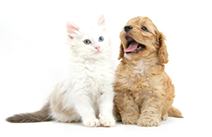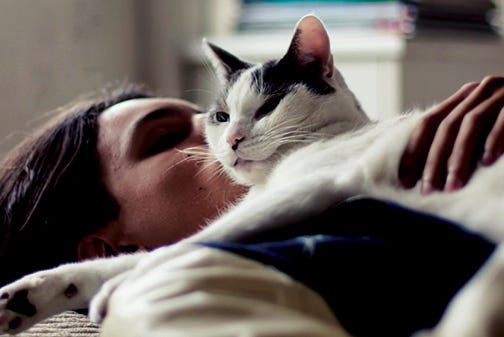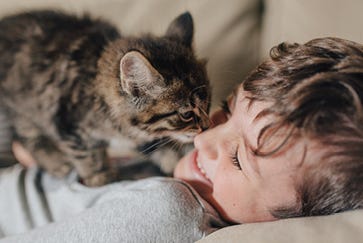The myth of ‘hypoallergenic cats’
There is a common belief that some breeds of cats, especially hairless breeds, are ‘hypoallergenic’. The popular belief is that ‘hypoallergenic’ means ‘allergen-free’ – but what it technically means is ‘less’ allergenic.
There are no truly “hypoallergenic” cats, however, some cat breeds may shed less hair and provoke fewer reactions in sensitive individuals. The reason to that is because the main cat allergen, Fel d 1, which is mainly produced in the cat’s salivary and sebaceous glands, is transferred to the cat’s hair and skin when they groom themselves and then spread into the environment on shed hair and dander.
The level of allergen concentration depends on many factors, for example cats that have been castrated or sterilized before puberty may have less allergen production. Also, hairless breeds (Don and Canadian sphinxes, Peterbalds, lycoys and others) as well as cats with short curly hair (Cornish rex, Devon Rex) produce slightly less Fel d 1 and it’s much easier to keep the skin of these cats clean.
Nevertheless, all cats regardless of breed still produce allergens.
Now Purina® Pro Plan® LiveClear® presents a new feline-friendly approach based on a complete and balanced diet that reduces the allergens on cat hair and dander by an average of 47% starting in the third week of daily feeding. When cats eat Pro Plan® LiveClear®, a key protein sourced from eggs binds to Fel d 1 and neutralizes the active levels in cat’s saliva.
Pro Plan® LiveClear® isn’t just an incredible breakthrough in the management of cat allergens. It’s also great-tasting, outstanding nutrition in an everyday food with the power to change lives.
Written by Purina NZ.










